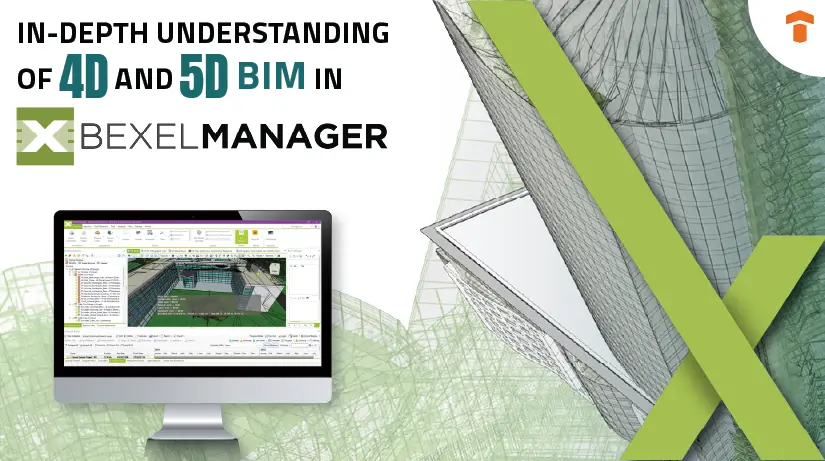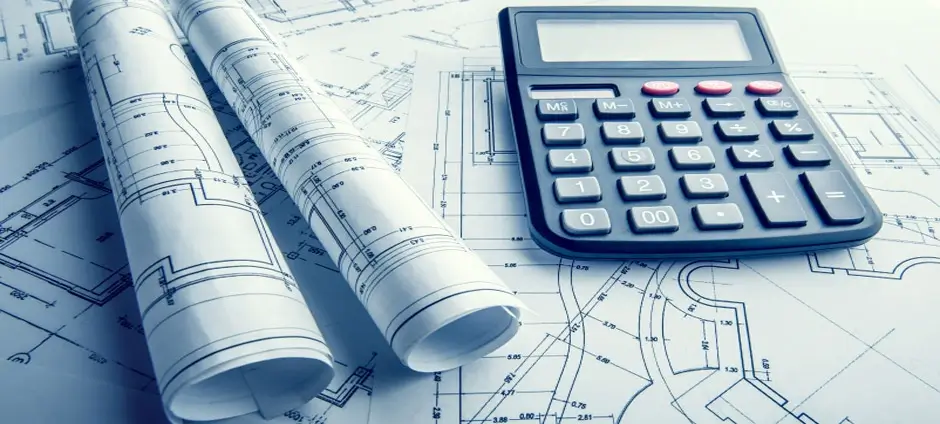In-depth Understanding of 4D and 5D BIM In Bexel Manager
Mar 22, 2024
Category: Software & Tools
Admin

Are you tired of boring, straightforward explanations of building information modeling (BIM)? Well, fear not! In this blog post, we’re going to dive into the interesting world of 4D and 5D BIM in Bexel Manager.
BIM has revolutionized the construction industry by enabling project stakeholders to visualize, simulate, and manage complex projects in a digital environment. Among the various dimensions of BIM, 4D, and 5D BIM stand out as powerful tools for enhancing project management and cost control.
What is BIM?
First things first, let’s make sure we’re all on the same page. BIM stands for building information modeling, which is a fancy way of saying “a digital representation of a building”. That’s right, we’re taking the old physical blueprints and digitizing them to make things easier (in theory).
An Introduction to Bexel Manager
BEXEL Manager is a premium BIM solution providing the most comprehensive set of features for advanced 3D visualization, model data management, clash detection, automated QTO, cost management, smart scheduling, and progress monitoring.
With extensive data analysis and reporting tools, BEXEL Manager empowers all project stakeholders to make informed data-driven decisions based on real-time data.
Understanding 4D BIM: Time and Planning

Now, let’s talk about the 4th dimension. No, we’re not talking about time travel (although that would be pretty cool). In BIM, the 4th dimension represents time. That means we’re adding a timeline to our digital building model, allowing us to see how the building will progress over time.
Incorporating 4D BIM into Bexel Manager revolutionizes construction management. By blending time with 3D models, teams visualize construction progress, spot clashes, and refine sequencing. With seamless integration of schedules, stakeholders simulate construction, identifying critical path activities.
4D BIM in Bexel Manager
So, how do we use this magical time-traveling technology in Bexel Manager?
1. Bexel Manager excels in 4D BIM for construction programming with unique features and expertise in managing and facilities management.
2. Its scheduling capabilities revolutionize 4D BIM by offering real-time simulations for a clear understanding of the construction process.
3. Unlike traditional methods, Bexel Manager’s simulations provide a visual 4D view of project execution, surpassing Gantt charts and offering insights before construction starts.
Understanding 5D BIM: Cost Estimation

Now, if you thought 4 dimensions were impressive, wait until you hear about 5D BIM. The 5th dimension in BIM represents cost. Yes, you heard that right, we can now predict the cost of a building project using BIM.
5D BIM revolutionizes construction by integrating costs from the start, fostering collaboration among stakeholders, and enabling innovative design approaches. With a Common Data Environment, project teams work together seamlessly, providing valuable insights throughout. 5D BIM dynamically updates cost-related data, enhancing the construction management process.
5D BIM in Bexel Manager
So, let’s say we want to add an extra floor to our building. Using Bexel Manager’s 5D BIM capabilities, we can see exactly how that decision will impact the cost of the project.
1. 5D BIM in Bexel Manager syncs budget and estimation from the start, reducing risks and errors.
2. Advanced cost projection aids in project planning, minimizing delays.
3. Transparency in cost management aligns all parties and optimizes budgets.
Why do we need 4D and 5D BIM?
So, you might be wondering, “Why do we need all this fancy BIM technology?” Well, for starters, it helps us avoid costly mistakes. With 4D BIM, we can catch scheduling conflicts before they become a problem. And with 5D BIM, we can make sure we stay within budget.
BIM also helps improve communication between different teams working on the same project. Everyone can see the same digital model and understand what needs to be done at each stage of construction. This helps ensure everything runs smoothly and efficiently.
| Read More: Understanding the Scan to BIM process
Conclusion
In conclusion, BIM is all about making building projects easier and more efficient. And with Bexel Manager’s 4D and 5D BIM capabilities, we can take that efficiency to the next level. So, next time you’re working on a building project, consider using BIM. Because who doesn’t love a little time-traveling and cost-predicting technology?
About TechnoStruct Academy:
TechnoStruct Academy is the educational arm of TechnoStruct, LLC, a registered design engineering firm based in California. It offers specialized BIM training programs for architecture, MEP, and BIM Management.
Our BIM Certification Courses:
Bexel Manager Certification Program: This program teaches you about BEXEL Manager, a software that brings together key 3D, 4D, 5D, and BIM features, making it quick and easy to embrace BIM processes and technology for speedy project implementation.
BIM-Ready Complete: Become a BIM Engineer specialized in all ASMEPF (Architectural, Structural, Mechanical, Electrical, Plumbing, and Fire Protection) disciplines working with open BIM and interoperability.
BIM-Ready (Arch+Structure): Specialize in BIM Fundamentals, Conceptual Design, Sustainable Design, Design Development, and Construction Documentation in the BIM Environment with this BIM Architect Course.
BIM-Ready (MEP): Become an MEP BIM Engineer specializing in BIM Fundamentals, HVAC, Electrical, Plumbing and Fire Fighting, Design, and Modeling in a BIM Environment.








